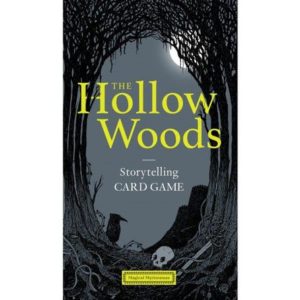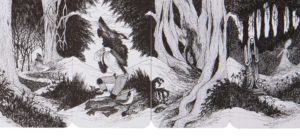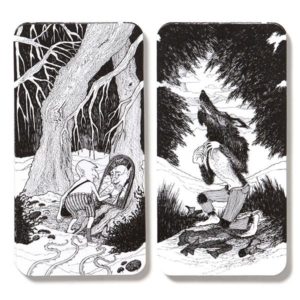 I fell in love with these story-telling cards as they could be used in lots of different ways. They are very clever as they fit together, no matter what order they are put in, to create an interesting image that could stimulate writing or they can be given as separate cards to help create a story.
I fell in love with these story-telling cards as they could be used in lots of different ways. They are very clever as they fit together, no matter what order they are put in, to create an interesting image that could stimulate writing or they can be given as separate cards to help create a story. 
Children could be given a card that is the end of the story and be asked to make a story that ends at this point or they could be given a couple of cards and asked to carry on the story:
A few years ago, my children brought me three boxes of Rory’s ‘Story Cubes’ and we spent quite a while making up ridiculous stories together. You roll the dice and then have to tell the story that the pictures show you. This would be great to use with all year groups, as you can make it more difficult by giving pupils different adverbial phrases that they have to try to incorporate:
 I found ‘The plot of The Great Escape’ on the net and thought that you could have so much fun focusing on the basics of plots of different novels and films with more able pupils:
I found ‘The plot of The Great Escape’ on the net and thought that you could have so much fun focusing on the basics of plots of different novels and films with more able pupils:
This reminded me of some wonderful little books that I found last year that take classic texts and write them in just 12 words. They are beautifully made with felted settings and characters and are made up of a double page with one image and one word on. They even present the story of ‘Oliver Twist’, ‘Emma’ and ‘Les Miserable’ in just a handful of words. Brilliant! I have given them to more able Year 6 and asked them to create the story after reading the book. It is a wonderful way of enabling children to embellish a plot and use their imaginations:


